Big cats are among the most captivating creatures in the animal kingdom. These majestic animals, including lions, tigers, leopards, and cheetahs, have evolved unique hunting styles adapted to their specific habitats. Understanding these adaptations offers insights into the remarkable ways these predators have developed to survive and thrive in diverse environments.
Savannah and Grassland Hunters
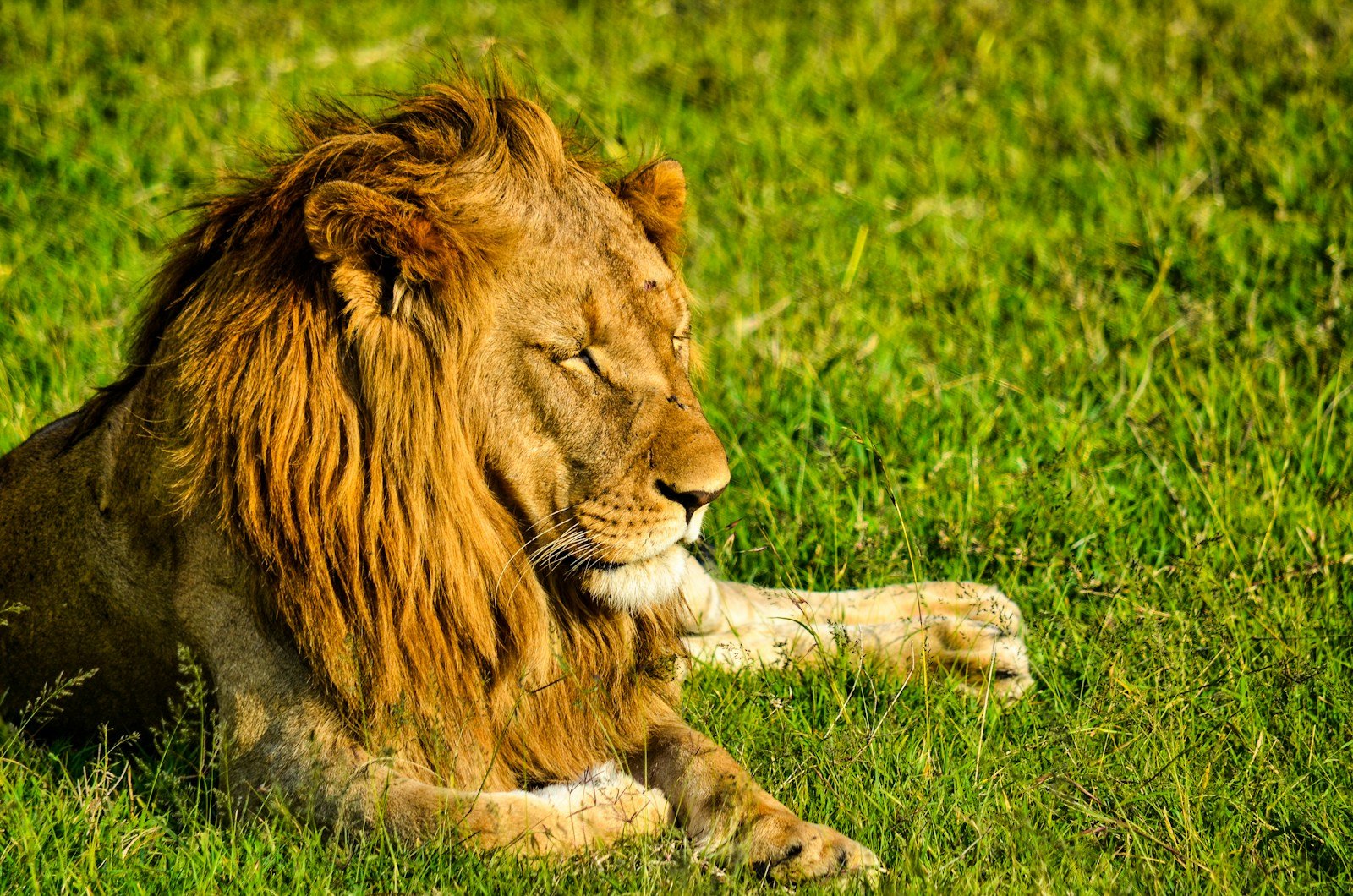
The savannah and grassland habitats are home to some of the most iconic big cats, notably lions and cheetahs. These areas are characterized by vast open spaces and limited cover, influencing how these predators hunt.
The Stealth of Ambush Predators
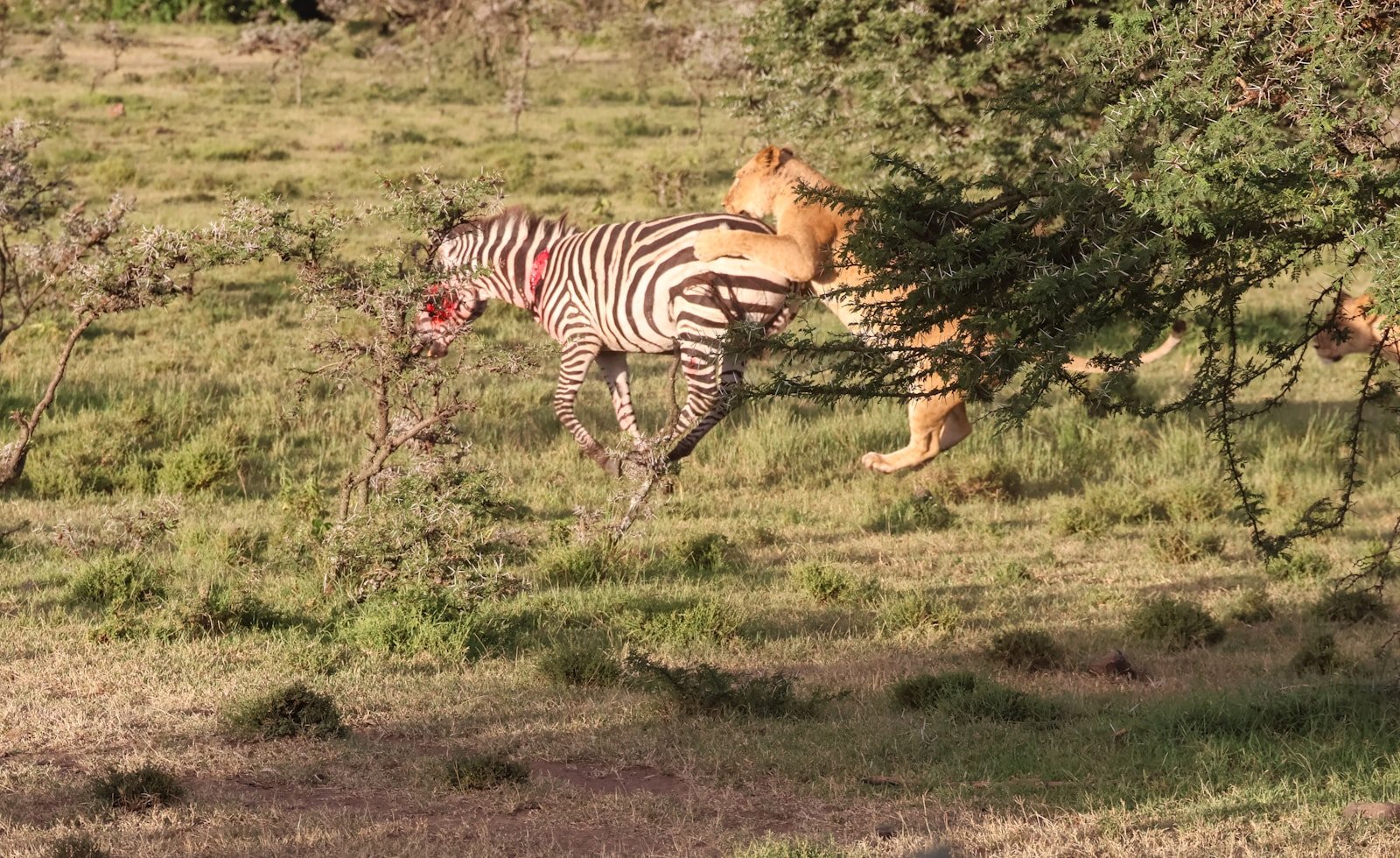
Lions primarily rely on ambush tactics, using the combined force of their pride to overpower prey. This strategy is particularly suited to the grasslands where they can use the tall grasses as cover to get close to their target before launching a sudden attack.
Speed and Strategy of Cheetahs
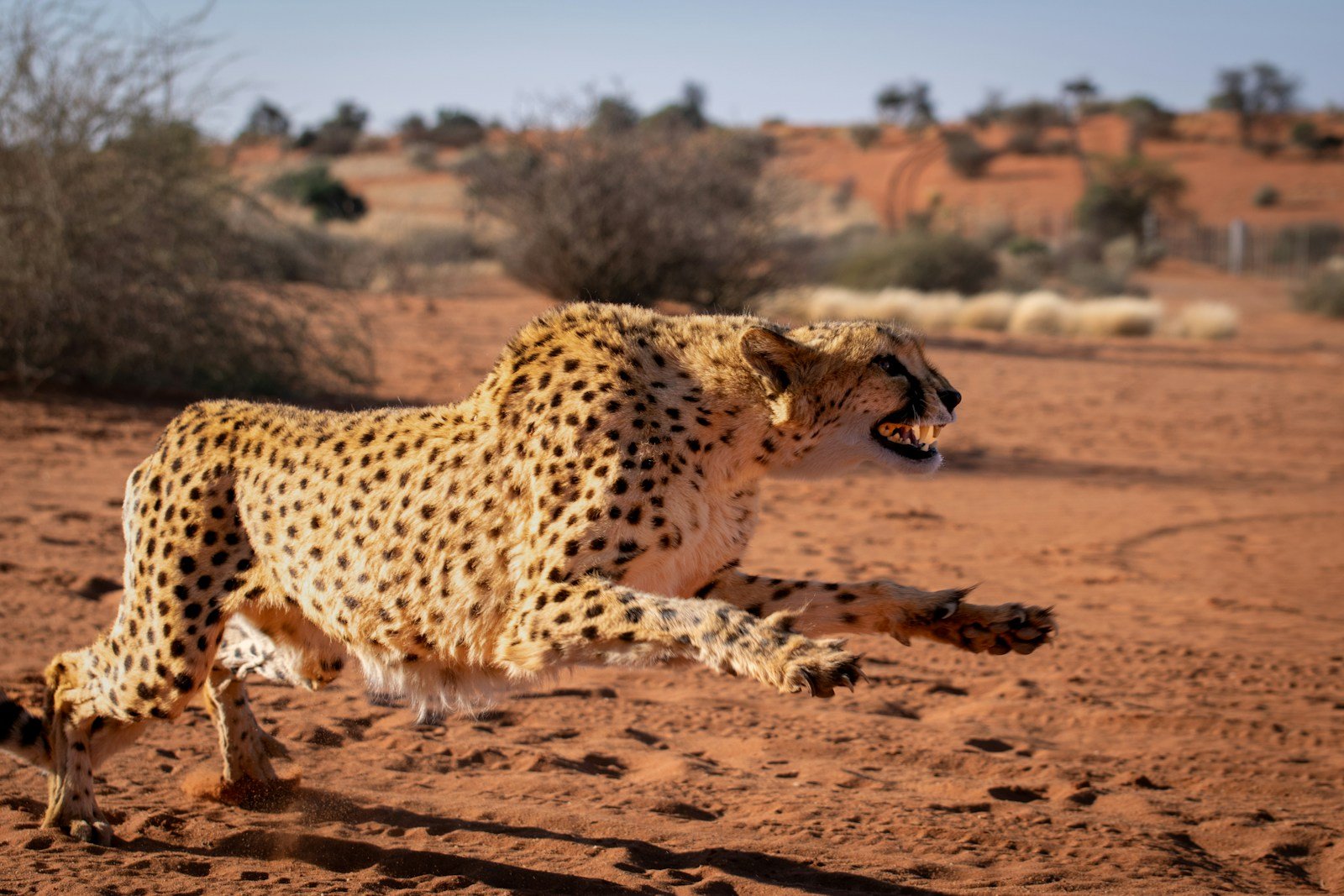
Cheetahs, known for their unparalleled speed, hunt using a different approach. In the open savannah, they rely on their acceleration and high-speed chases to capture prey. Their stealth approach involves getting as close as possible before relying on their exceptional speed to close the distance in a matter of seconds.
Jungle and Forest Adaptations
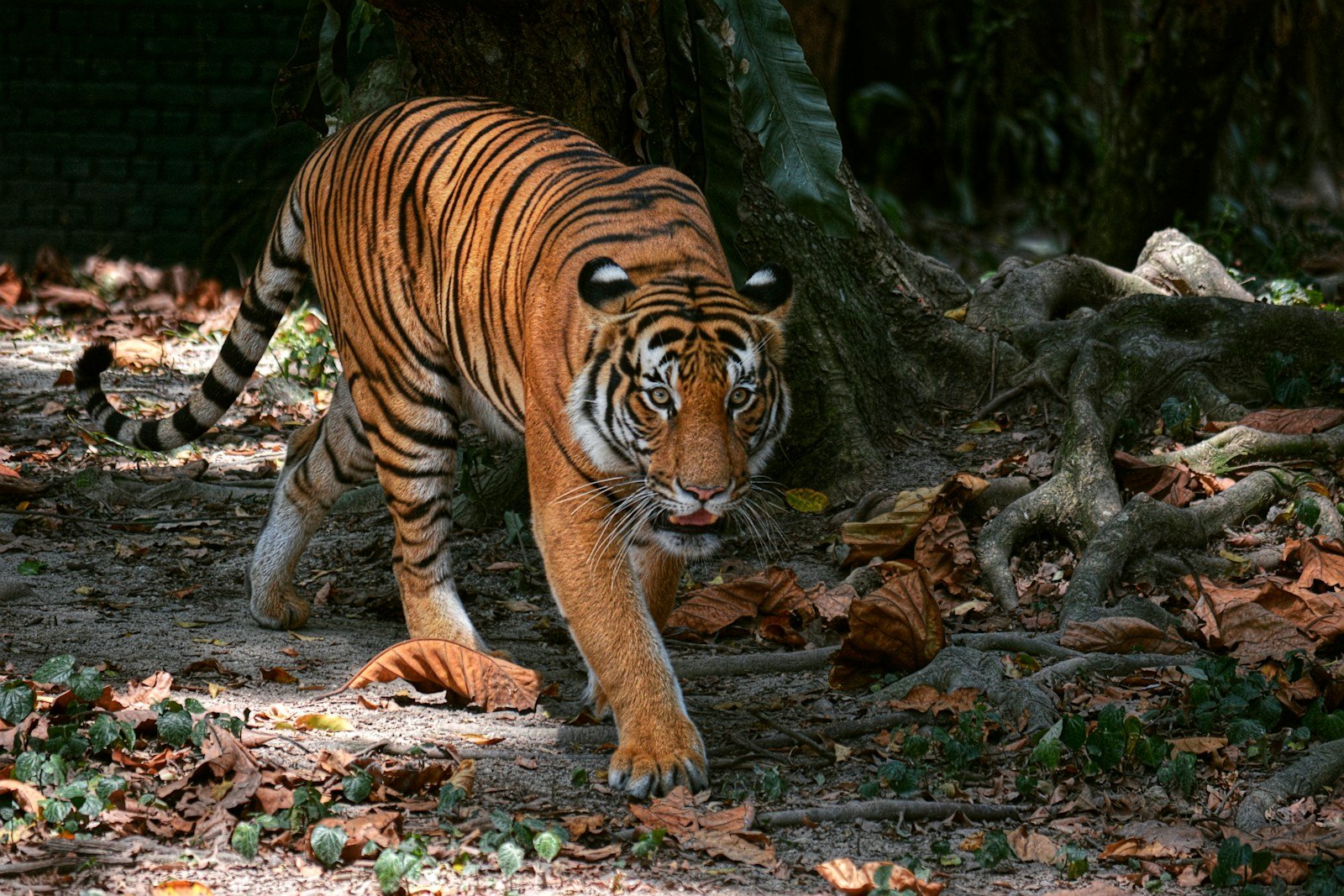
In dense and often less visible environments like jungles and forests, big cats like tigers and leopards have developed hunting strategies that differ significantly from their savannah-dwelling cousins.
Tigers: Masters of the Ambush
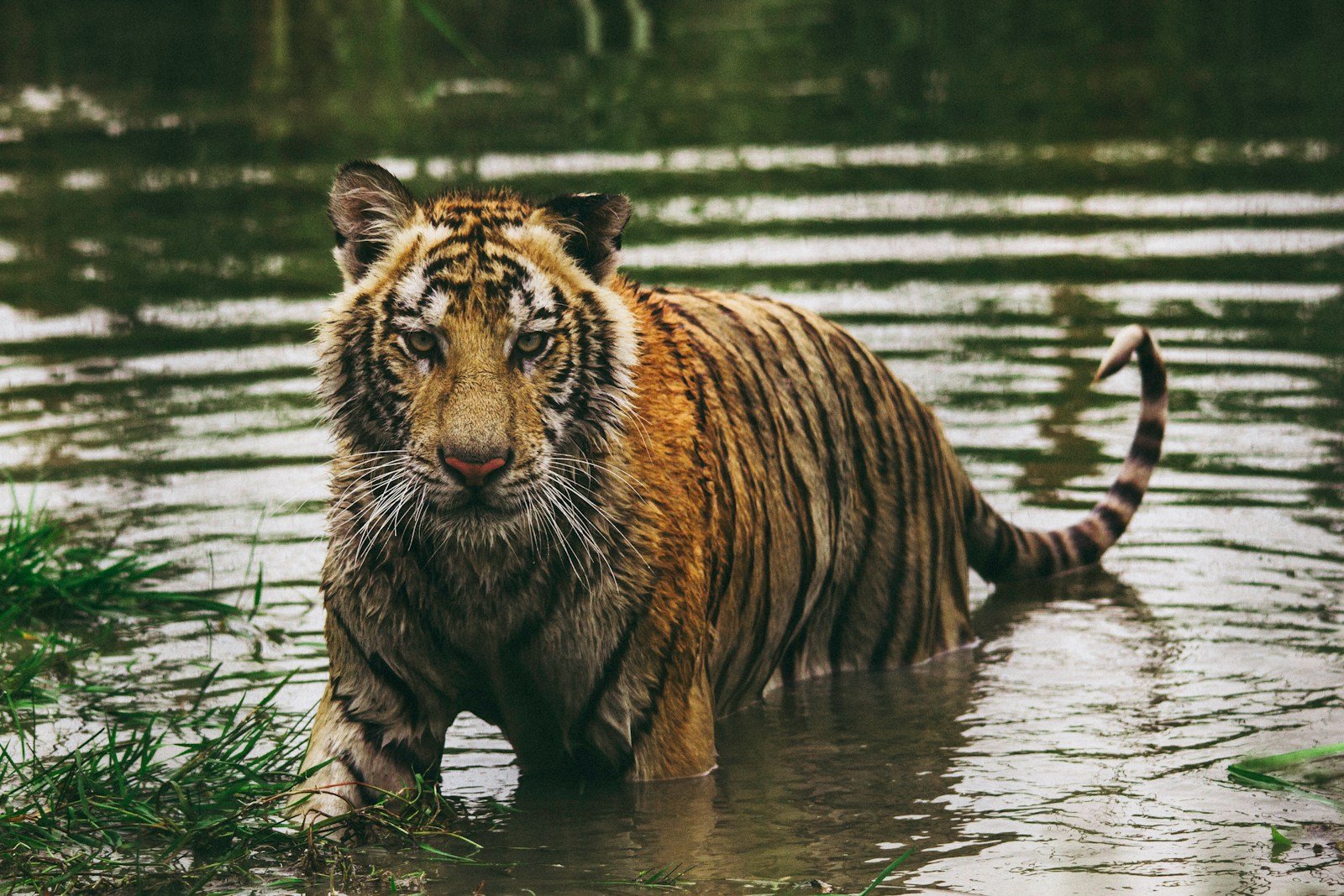
Tigers use the dense forest cover to become nearly invisible to their prey. Their stripes act as perfect camouflage, allowing them to meld into the undergrowth. Using their powerful build, tigers can make quick, powerful dashes to surprise and take down prey after skillfully stalking them.
Leopards: The Versatile Hunters
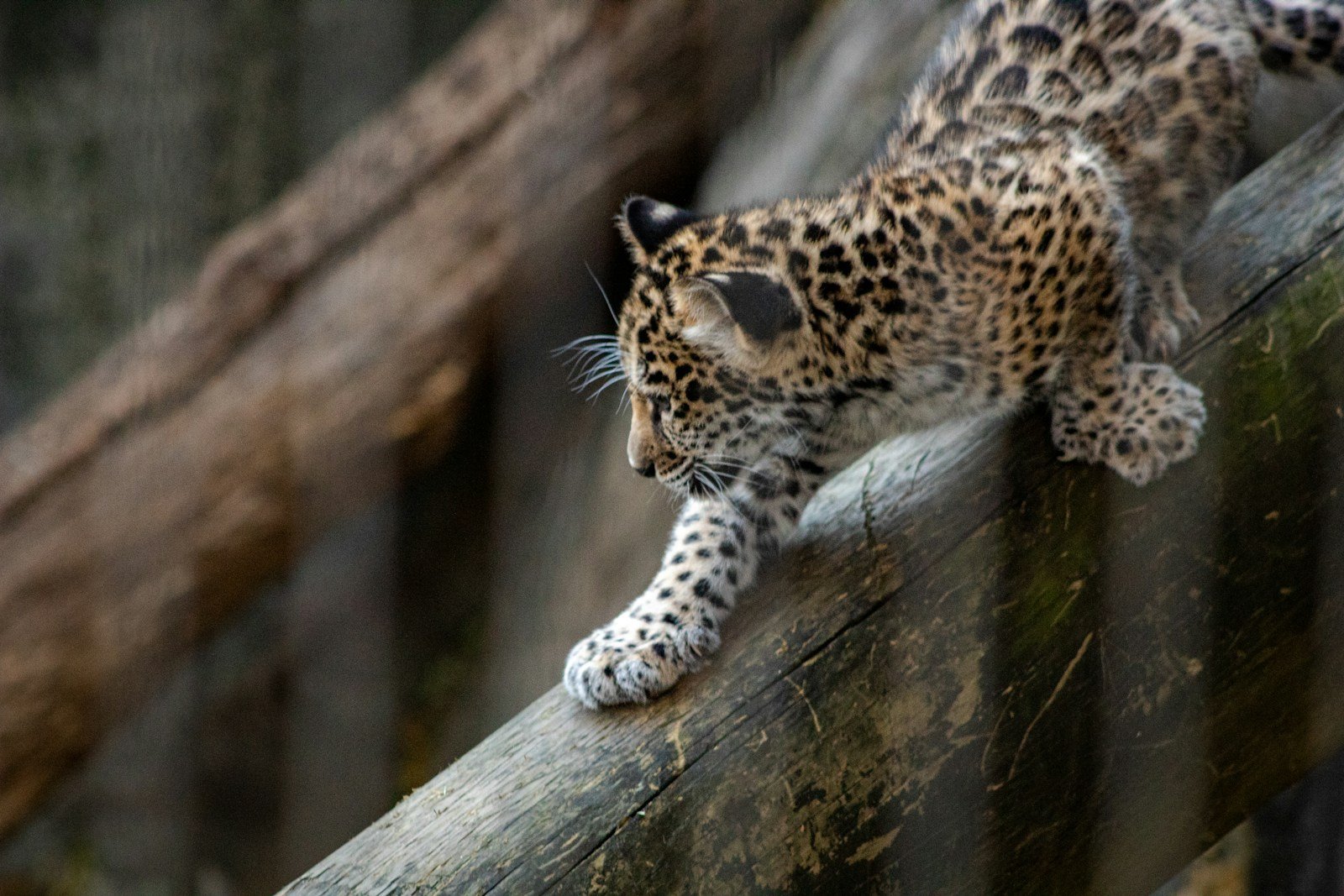
Leopards are highly adaptable hunters that can thrive in both forests and savannahs. In the jungle, they often utilize their exceptional climbing abilities. They hunt by leaping from trees onto unsuspecting prey or silently stalking before using a surprise attack. Their ability to store prey in trees away from other predators is a unique adaptation to forest habitats.
Mountainous Terrain and Snowy Conditions
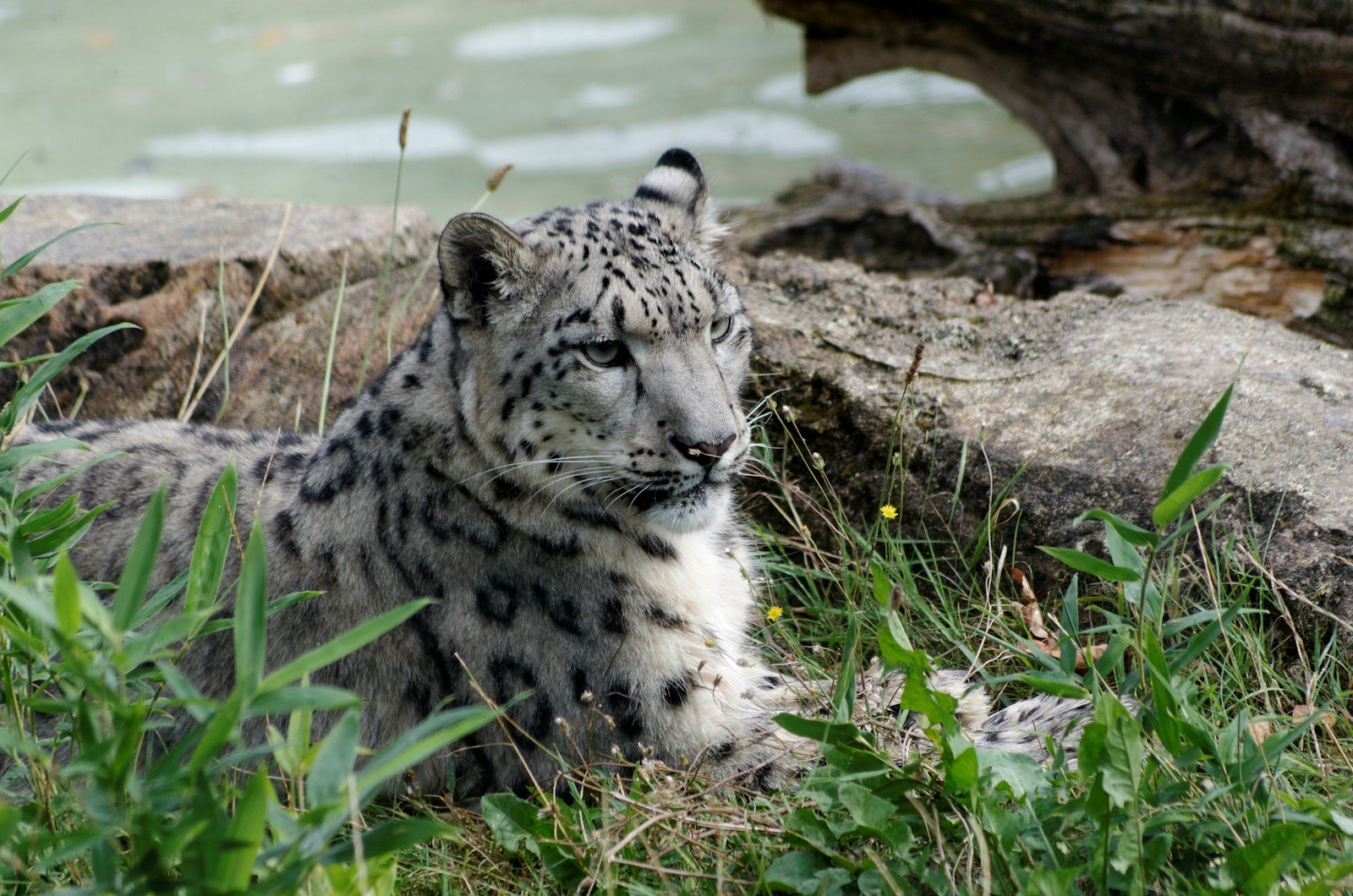
Big cats that inhabit mountainous regions, such as snow leopards, face unique challenges. The rugged terrain and harsh weather conditions demand specific adaptations for successful hunting.
Snow Leopards: Camouflage and Patience
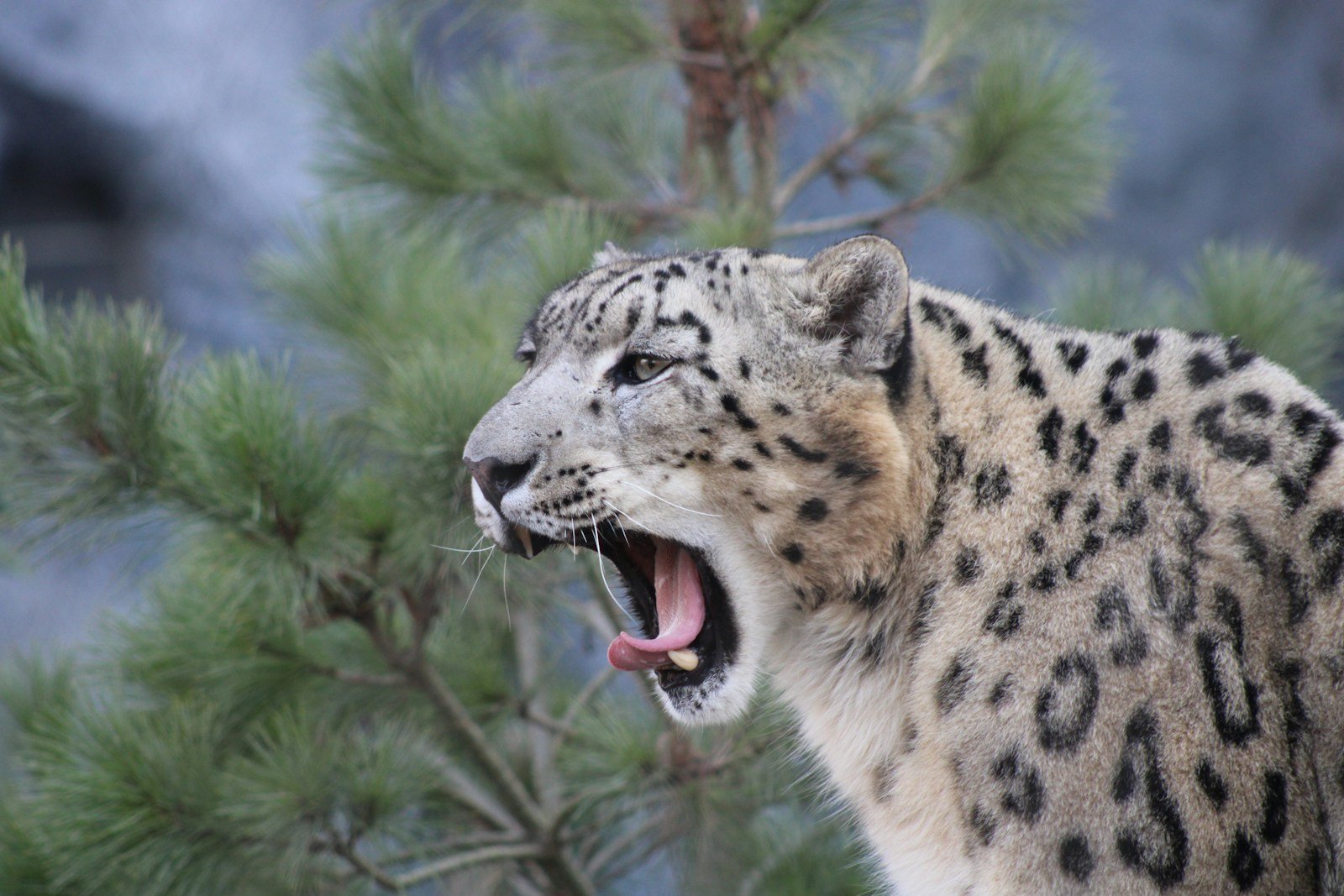
Snow leopards are equipped with thick fur for insulation against freezing temperatures and long tails for balance on rocky slopes. They use these physical traits along with their exceptional ability to blend with the snowy and rocky surroundings to stalk prey. Patience is key in their hunting strategy, as they wait for the optimal moment to spring on their unsuspecting prey.
Human Impact and Conservation Concerns

Human activities are increasingly threatening the habitats of these majestic big cats, impacting their hunting habits and survival. Changes in land use, deforestation, and climate change pose significant challenges. Conservation efforts are critical to preserve both these species and the ecosystems they rely on.
Conclusion: The Importance of Adaptation
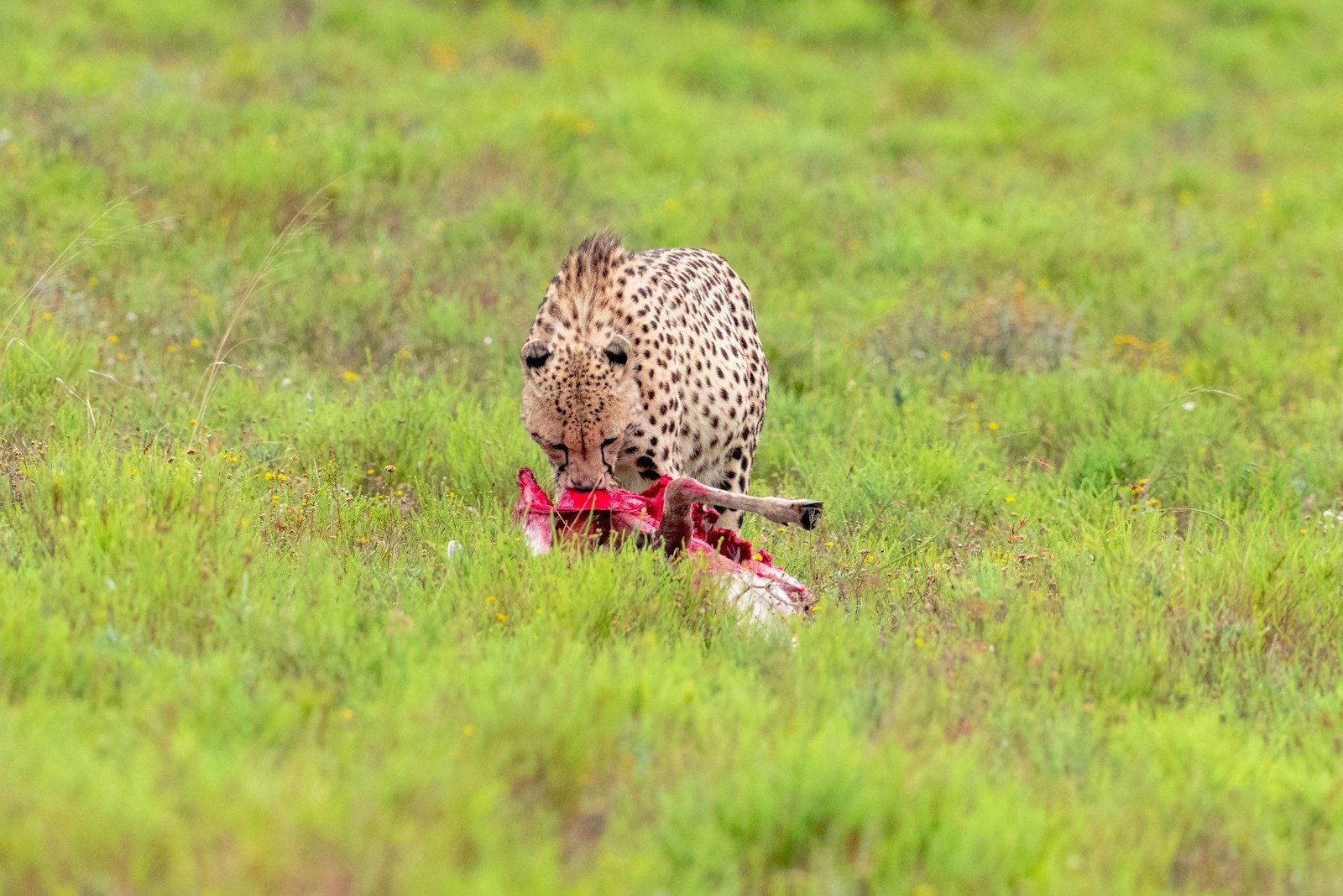
The diverse hunting styles of big cats are a testament to their remarkable adaptation to different environments. By understanding and appreciating these strategies, we gain valuable insight into the ecological balance and the importance of conserving these vital predators and their habitats for future generations.
Hi, I’m Bola, a passionate writer and creative strategist with a knack for crafting compelling content that educates, inspires, and connects. Over the years, I’ve honed my skills across various writing fields, including content creation, copywriting, online course development, and video scriptwriting.
When I’m not at my desk, you’ll find me exploring new ideas, reading books, or brainstorming creative ways to solve challenges. I believe that words have the power to transform, and I’m here to help you leverage that power for success.
Thanks for stopping by, Keep coming to this website to checkout new articles form me. You’d always love it!






